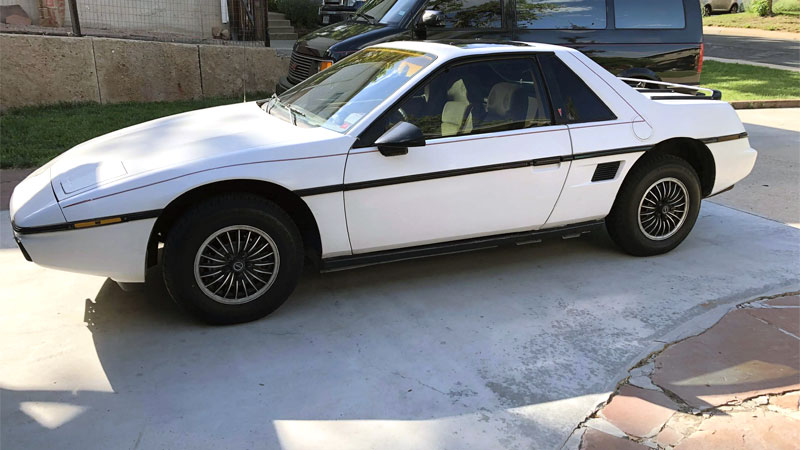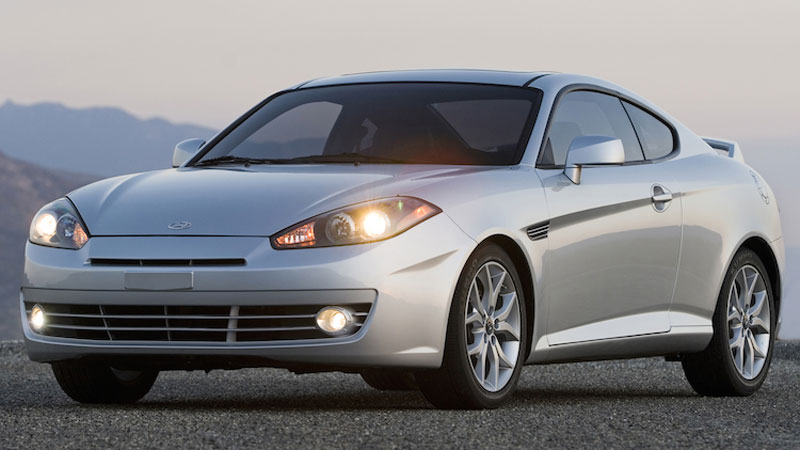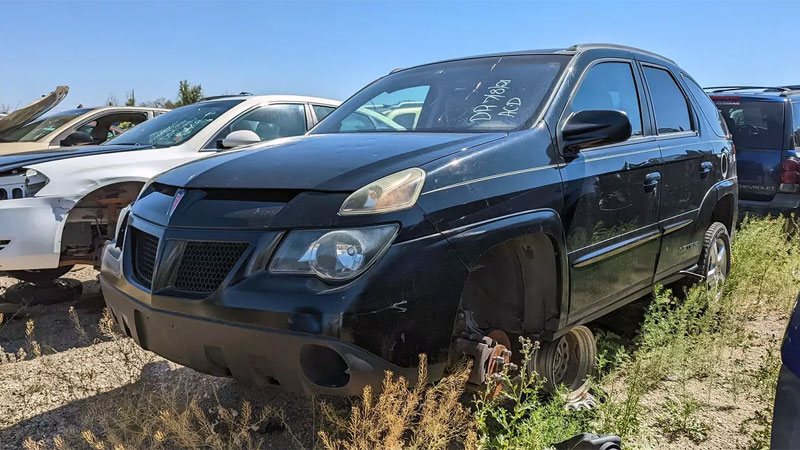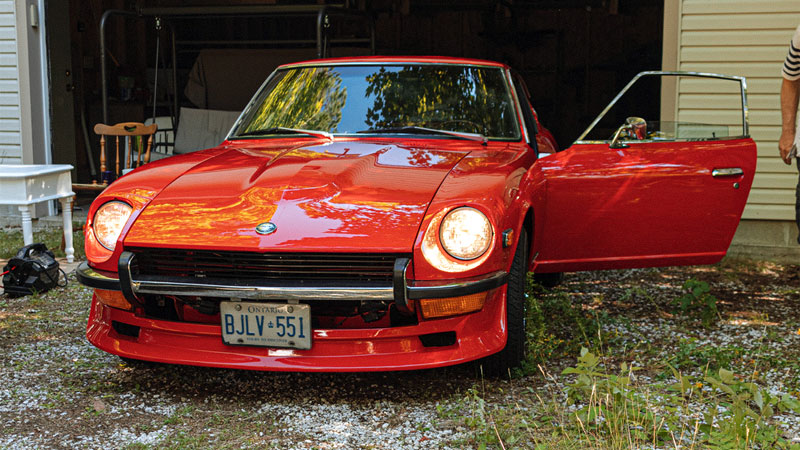A Look Back at the Ford Mustang II
Not every Mustang was a superstar. The Ford Mustang II is a bit of an odd bird when it comes to sports cars. Based on its brand name, it’s technically labeled a muscle car. However, its interior parts and lackluster engine make this classification dubious. While highly regarded in its … Read more





